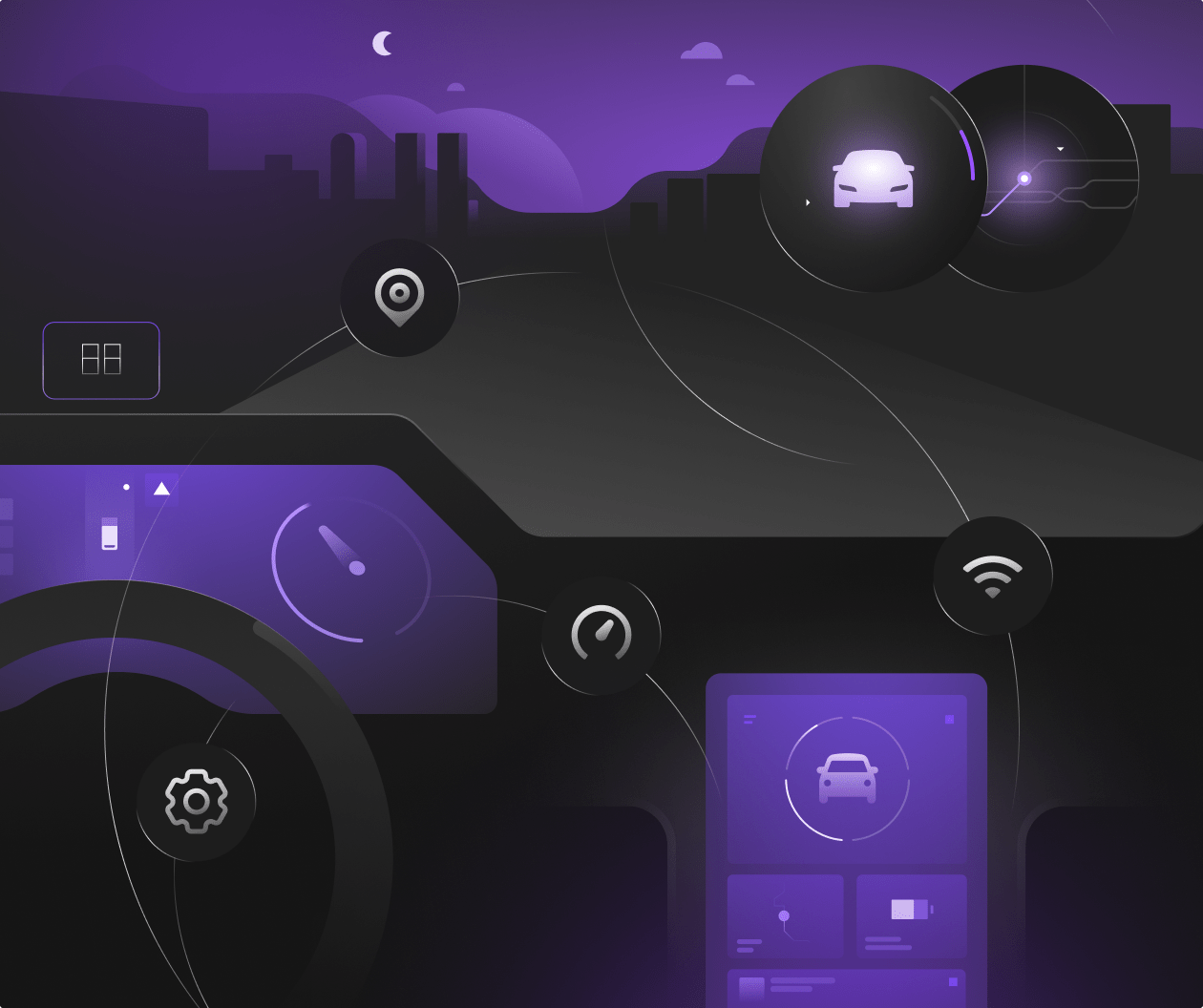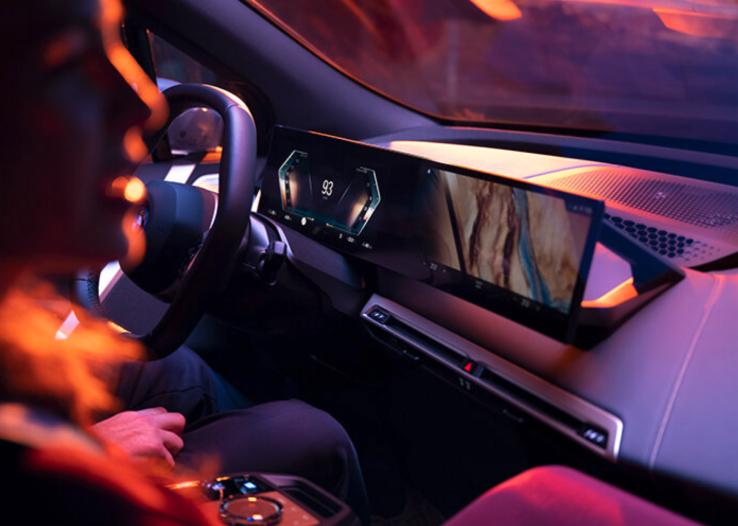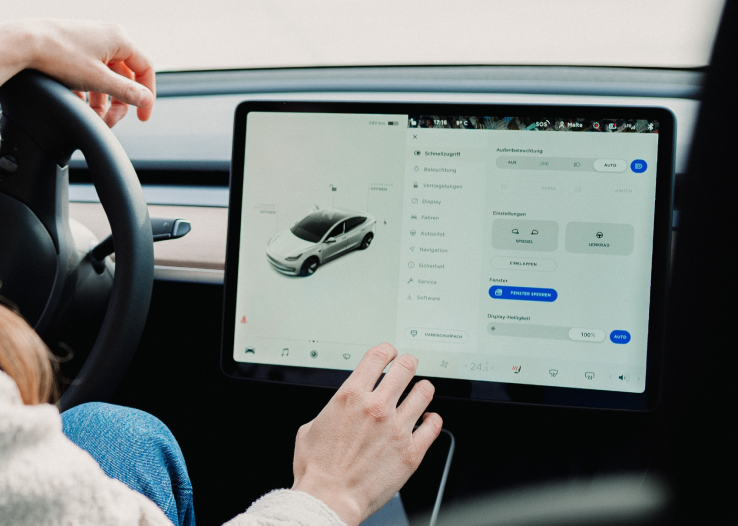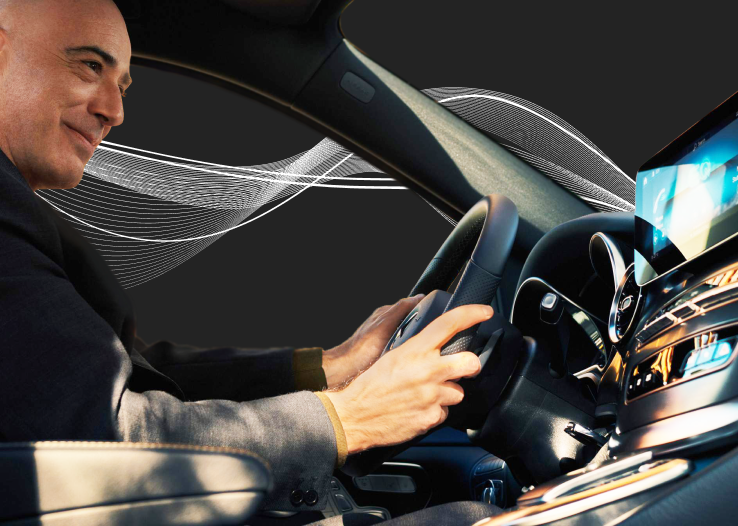The automotive human machine interface (HMI) market is rapidly advancing. From intuitive touchscreens to AI-driven dashboards and immersive AR experiences, today’s HMIs are smarter, more connected and more user-centric than ever before.
Several factors are causing OEMs to innovate in the automotive HMI design space. For one, automakers are tasked with communicating large amounts of information to drivers without distracting or hindering them.
Additionally, they need harness emerging technologies — AI, autonomy and assisted driving, advanced voice recognition — and regulatory bodies, while meeting driver expectations for connectivity, personalization and seamless communication.
According to market data, the global automotive HMI market size is estimated to reach $46 billion by 2030. In this post, we’ll explore the latest innovations and emerging directions defining the future of HMI technology. As brands push toward greater efficiency, safety and flexibility, staying ahead of these trends is how OEMs can maintain a competitive edge.
What are the top HMI trends for 2026?
At Star, we build scalable, user-centric HMI solutions that reflect car HMI trends, as well as HMI regional differences. Based on our experience in the automotive HMI market, we’ve identified the automotive HMI trends that matter most for 2026 and beyond.
While the HMI world and the technologies surrounding it are expanding at a rapid rate, there’s still a number of trends on the horizon that while may not be in production just yet, will be coming to a car near you soon.
Digital cockpits
The emergence of the software-defined vehicle is at the heart of next-generation HMI trends. Traditionally, HMI was constrained by hardware like fixed instrument clusters, unchangeable button layouts and limited display functionality. Now, the cockpit itself is becoming a digital platform featuring smart touchscreens, voice assistants and easy-to-use physical controls.
Manufacturers are shifting toward this unified cockpit architecture where the instrument cluster, infotainment system, head-up display and ambient lighting all operate cohesively.
For example, Mercedes-Benz’s MBUX Hyperscreen stretches right across the dashboard and integrates 3D visuals with the infotainment and passenger display, which can be updated over-the-air (OTA).

This approach allows brands to refine or expand features post-delivery, mirroring the flexibility of smartphones.
In-car assistants
Arguably no innovation embodies the shift in HMI trends more clearly than the rise of intelligent in-car assistants. Thanks to advances in natural language processing, these AI-led voice assistants will become the primary HMI layer, bridging infotainment, navigation, connectivity and personalization. Once limited to basic voice control (“navigate home”), they're now becoming context-aware companions capable of understanding intent, tone and environment.
Systems like BMW’s Intelligent Personal Assistant already demonstrate how natural-language interfaces are changing the automotive experience. As well as executing commands it interprets emotion and context like adjusting cabin lighting if a driver sounds stressed.

The next gen of assistants will leverage agentic HMI to engage in more natural conversation and integrate with multiple ecosystems. You could ask your car, “I have a meeting at 9am. What’s traffic like? And can you preheat the cabin before I leave?” and the AI assistant would check your calendar, retrieve traffic data and automatically start climate control at the right time.
Multi-modal interfaces
One of the most visible HMI trends for 2026 is the move beyond traditional physical interfaces. The tactile buttons and knobs of yesterday are giving way to multimodal systems that respond to voice, touch, gesture and even gaze. Modern, AI-led voice assistants now leverage advanced natural-language processing capable of understanding casual speech and context. Even in loud cabin conditions.
Gesture recognition and haptic feedback is also on the rise, which allows drivers to perform quick actions (like a lane warning system) without diverting their eyes from the road.
But with all this new tech, consumers still enjoy physical buttons. So much so that Volkswagen is reintroducing them into new models based on customer feedback.

The challenge for HMI developers lies in designing interactions that complement one another rather than compete. Voice commands, for example, might be ideal for navigation or communication, while gesture or physical controls serve quick adjustments like volume or climate.
The future of HMI depends on matching input modes to context, where innovation is balanced with cognitive simplicity.
Augmented reality
Another major HMI trend reshaping the future of mobility is the move toward immersive, information-rich displays. Large curved screens, 3D graphics and augmented reality (AR) overlays now provide both entertainment and safety guidance.
Take the new iteration of the BMW Panoramic iDrive, which projects 3D navigation and safety warnings directly onto the windshield, aligning them with the road ahead. This reduces distraction while improving spatial understanding.

Meanwhile, ambient lighting and animation are being used to express emotion and feedback. For example, a glowing ring that pulses to indicate an incoming call or a lane departure warning visualized through color shifts in the cabin light.
Infotainment and car connectivity
By 2026, infotainment will evolve into a connected experience hub where smartphones, cloud ecosystems and smart home devices all integrate seamlessly. Cars won't exist as isolated products, instead they’ll function as digital extensions of our connected lives. For designers, this means ensuring HMIs feel cohesive across devices and environments.
Modern vehicles like the Hyundai Ioniq 5 integrate cloud-based infotainment systems that support over-the-air software updates, real-time traffic data, streaming media and even app stores. Drivers can download new features or integrate services like Apple Music or Spotify directly into their dashboards.
And connectivity extends beyond entertainment. With 5G vehicle-to-everything (V2X) technology, HMIs can display live hazard alerts, charging availability or weather updates in real time. For instance, Audi Connect creates a connected experience between vehicle, smart devices and internet, allowing users to send destinations from their smartphones to the in-car navigation system instantly.

Among the most impactful HMI trends, infotainment and connectivity redefine how drivers engage with both their vehicle and the world around them.
In-cabin and driver monitoring
With autonomous vehicles on the rise, so is driver monitoring. The ability to know whether a driver is ready to take back control — or in a position to relinquish control in the first place — is essential for the autonomous car. Volvo's driver monitoring system monitors the driver's gaze, posture and focus to detect fatigue and alert the driver or stop the car if needed.

In-cabin monitoring goes beyond just safety too. For example, Tesla’s dog mode keeps pets comfortable when left in the car and displays a message on the infotainment system to let passersby know they’re safe and comfy.
And there you have it. A high-level look at the automotive HMI trends shaping the market and changing the way people drive. For a look at next-gen HMI trends from global brands and advice from Star's HMI experts, check our guide to next-gen automotive HMI.






